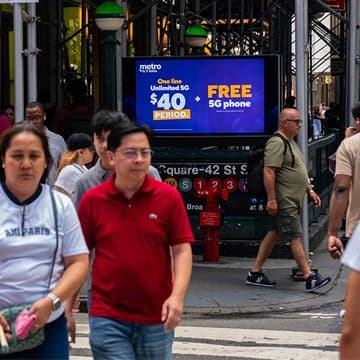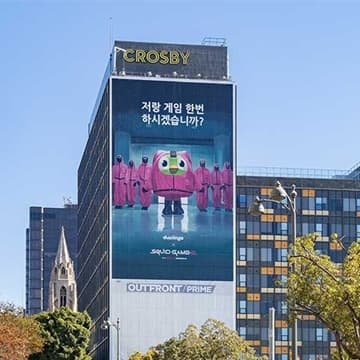
What’s Happening IRL? Five Essential Out of Home Advertising Trends for Late 2025
September 16, 2025
There’s nothing like the real thing. And our love-hate relationship with the internet proves it.
Things are shady online these days! Between crypto scammers, deepfake videos, AI slop, bots in your mentions, and once-reliable search engines just straight-up lying to your face, it’s hard to trust anything you see on your devices. But the real world can’t be faked, and IRL out of home advertising gives brands the opportunity to build name recognition and establish trust and credibility through the power of physical presence.
Here is a curated sample of the IRL out of home advertising trends we’ve researched and assembled in our Late 2025 Advertising Trends Report. Don’t forget to catch up on our last two installments, where we revealed the most important trends for consumers as well as the top advertising media trends.
Are you ready to get real? Let’s begin.
IRL out of home media is more trusted than all online formats.
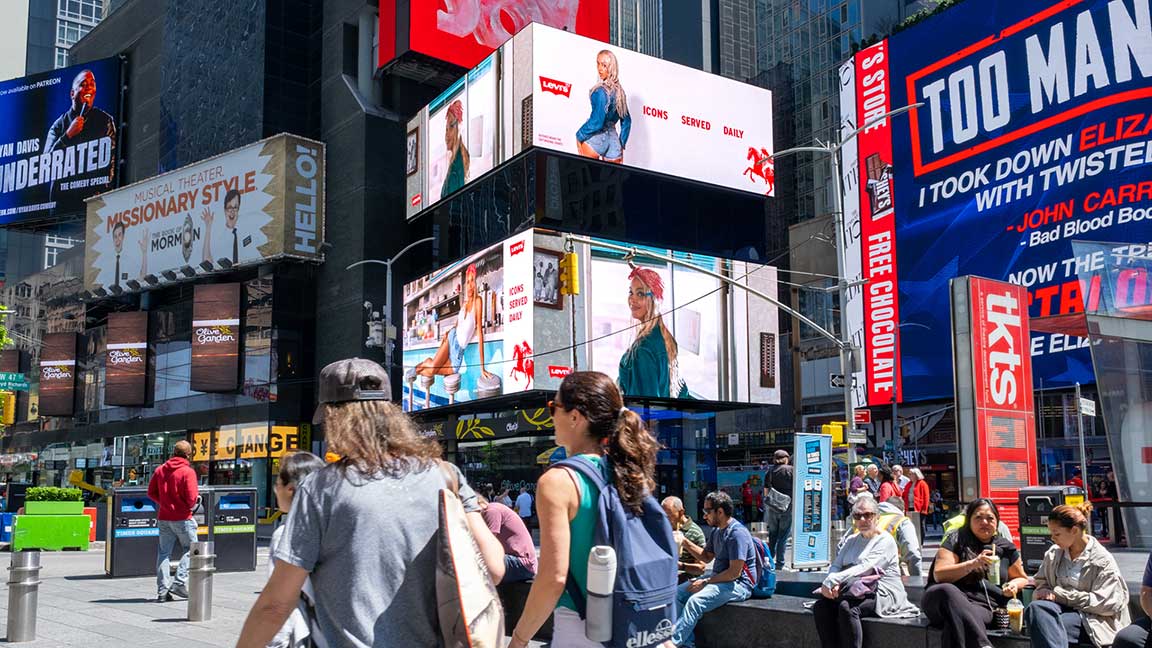
OUTFRONT recently partnered with MFour to study consumers’ attitudes on trust in media, and the results confirmed what we already knew: IRL out of home advertising is more trusted than every single online format. Consumers rank OOH most trusted, most honest/authentic, and “most likely to be believed” more frequently than any digital channel (SOURCE: MFour/OUTFRONT). And when we asked consumers about straight-up preference, the results remained the same.
Out of home’s physical presence translating into greater trust makes perfect sense. After all, there’s no driving past a deepfake.
The trustworthiness of IRL out of home media creates a “halo effect” for the brands that advertise on it.
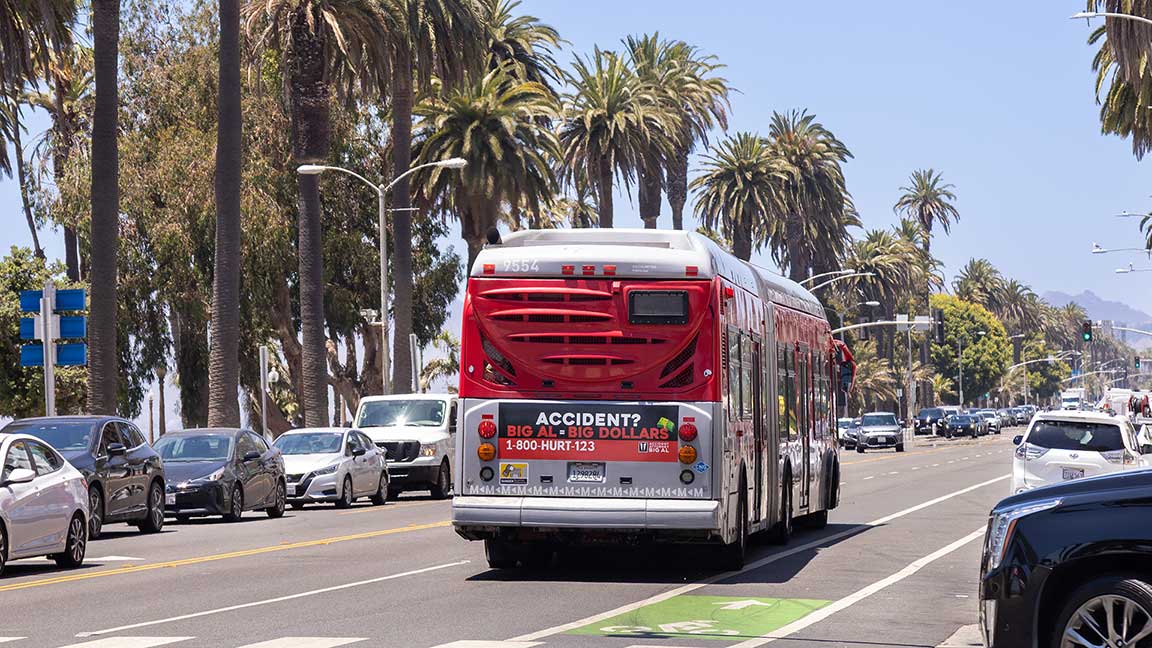
Brand safety risks have been at the front of media buyers’ minds for the past few years, but there’s been little talk about the flipside until now. That flipside is called the halo effect, and here’s what it means: consumers are more likely to trust a brand that advertises in a trusted media environment. Sixty percent of them, in fact (SOURCE: Institute of Practitioners in Advertising/Financial Times).
What determines whether or not consumers trust a medium? The big variable is gatekeeping – limiting content on the channel to the curated, professionally produced variety. Gatekeeping platforms like newspapers and OOH are a stark contrast to user-generated content platforms like TikTok and X (f/k/a Twitter) where anyone can post anything at any time.
There’s a significant trust gap between gatekeeping and non-gatekeeping platforms: when advertised on gatekeeper media, consumers trust brands to deliver on their promise 37% of the time. For non-gatekeepers, that number plummets to just 5% (SOURCE: IPA/FT).
Since consumers can’t skip or block an IRL out of home ad, they’re more likely to pay attention to it.
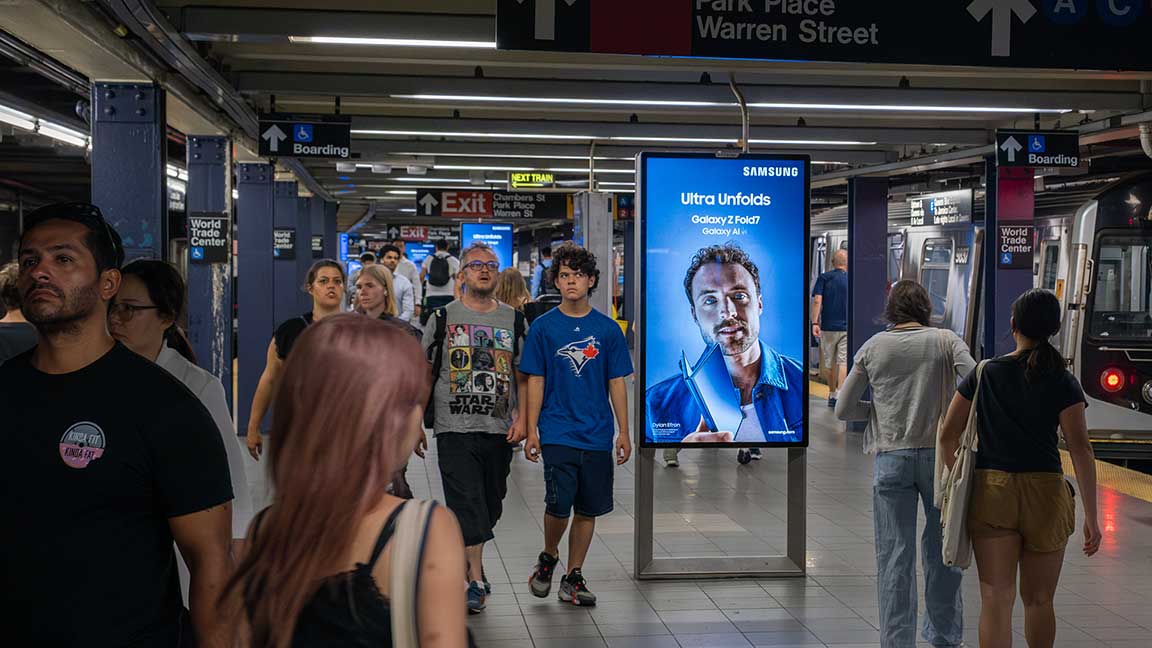
The constant game of cat-and-mouse between media publishers and content consumers rages on: ad blockers get increasingly sophisticated, ads find a way around them, rinse and repeat ad nauseum for the 52% of consumers who now use them. But IRL out of home advertising helps brands break the cycle (SOURCE: Censuswide/Ghostery).
You can’t block a billboard short of maybe taking a different route to work each day. And since OOH is the medium least likely to be ignored or skipped, it’s more likely to capture attention and engagement. On those measures, real-world OOH outperforms influencers, podcast advertising, and online video (SOURCE: MFour/OUTFRONT).
Unlike ad formats that intrude and interrupt, IRL out of home advertising positively impacts brand opinion.
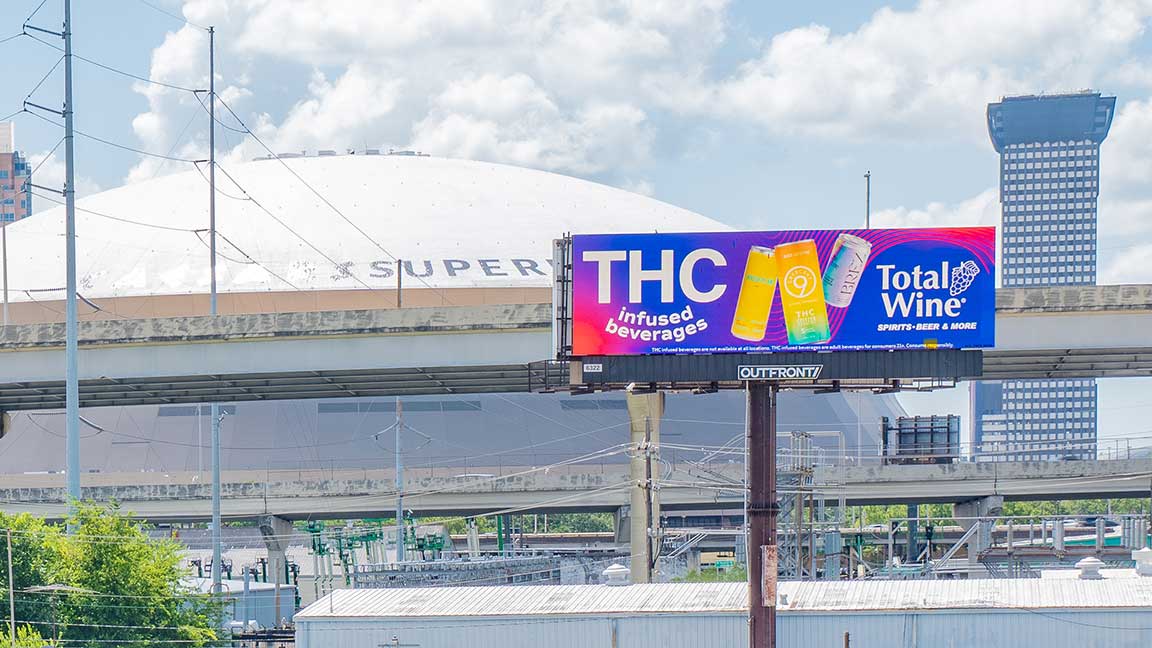
If consumers are annoyed with your ad, they’re annoyed with your brand. And what’s more annoying than an intrusive interruption? Ads that take their audience out of the moment damage the advertiser’s brand for 55% of consumers. On the other hand, 63% say ad formats that don’t interrupt positively impact their opinion of a brand (SOURCE: MFour/OUTFRONT). In other words, treating your audience’s attention with respect pays brand dividends.
High secondary action rates all the way down the funnel, and low CPMs combine to make IRL out of home the best value in advertising.
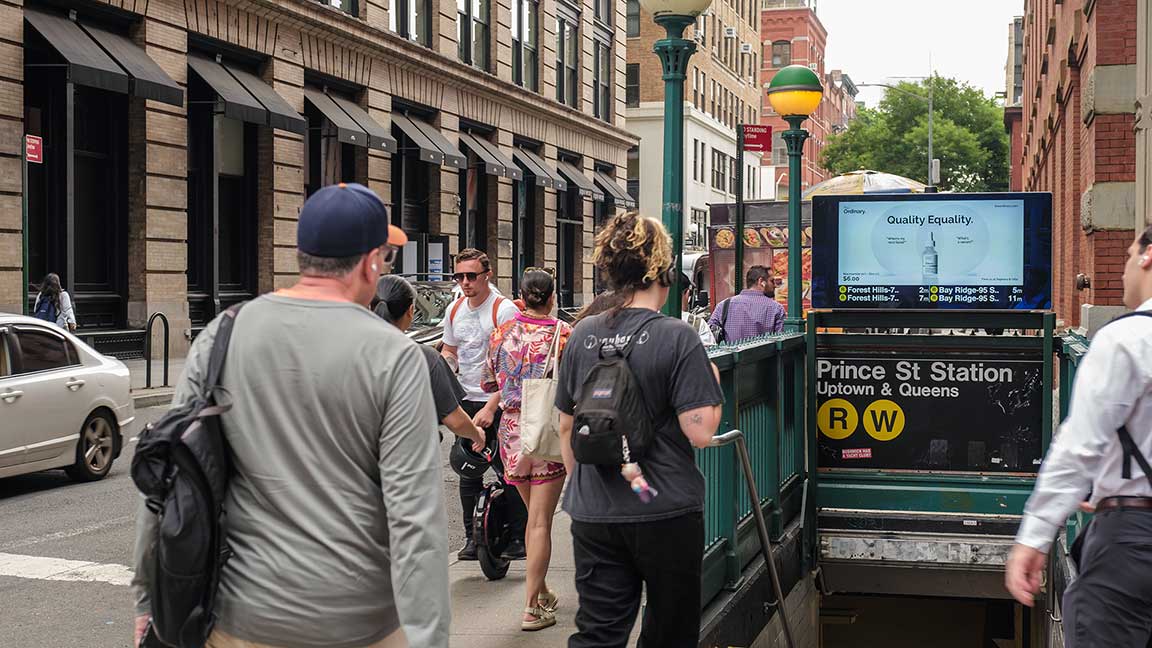
IRL out of home advertising is often thought of as solely a brand awareness medium – and don’t get us wrong, it’s a beast when it comes to brand building – but it’s also incredibly impactful all the way through the buyer’s journey.
Real-world OOH doesn’t just get consumers to pay attention; it inspires action. And not just top-of-funnel things like searching for the advertiser (47.7%) or visiting the website (41%) but also actions like walking into a brick-and-mortar store (30.9%) and making a purchase (22.6%) (SOURCE: MFour/OUTFRONT).
Once you layer that on top of the halo effect, and the fact that no advertising medium has lower CPMs than ours, it becomes hard to deny that IRL out of home is the best value in advertising (SOURCE: Solomon Partners).
And there you have it! Five trends for IRL out of home advertisers to leverage in order to build trust, grow brands, and get results. And if you’re looking to get results, you’re going to want to read the full Late 2025 Advertising Trends Report. Download it now!
Author: Jay Fenster, Marketing Manager @ OUTFRONT
Links to third-party content are not endorsed by OUTFRONT Media. Past performance may not be indicative of future results. OUTFRONT does not guarantee specific results or outcomes.
Relevant OOH Content Straight To Your Inbox
Essential out of home insights, trends, and success stories. Delivered weekly.
